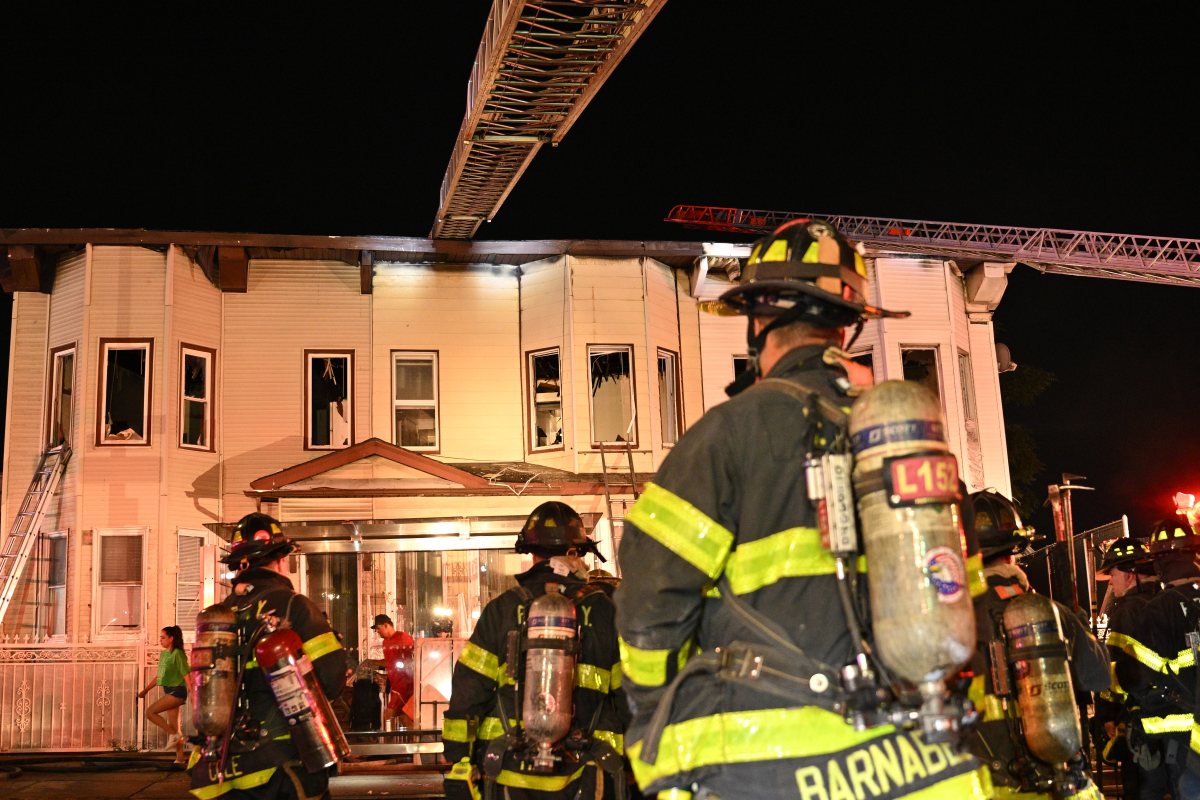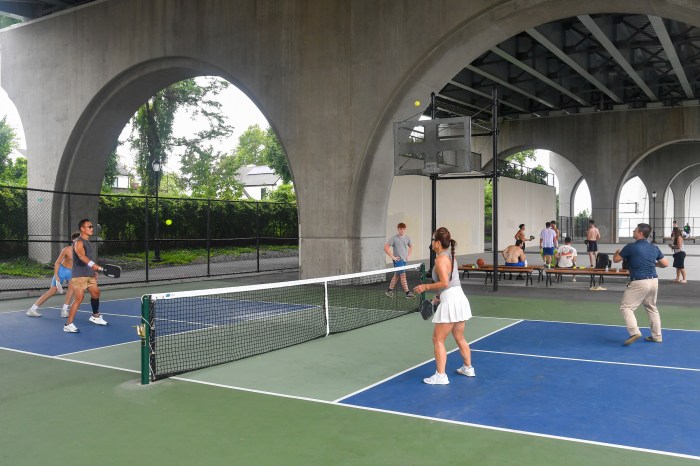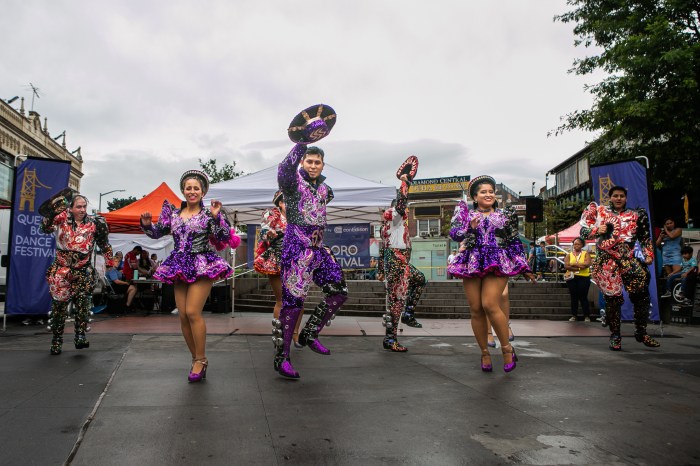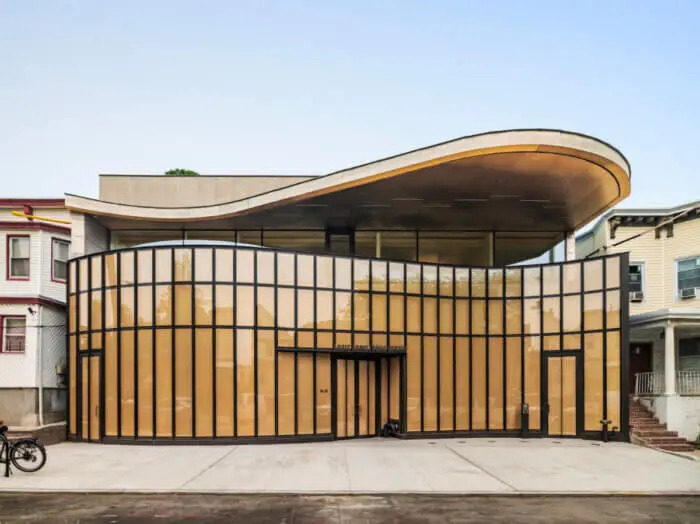Letting People Walk On Uused Track
(AP) On a route once traversed by the Baltimore & Ohio Railroad, shouts of “on your left” ring out as cyclists pass runners, in-line skaters and families out for a stroll with children and dogs.
The scene along the 11-mile Capital Crescent trail, which runs from Silver Spring, Md., to Georgetown in Washington, D.C., is being repeated on thousands of miles of trails across America.
Boosted by the federal government and by communities and private groups trying to open up more areas for recreation, the rails-to-trails movement has taken off. The Rails to Trails Conservancy counts more than 1,600 trails covering 20,000 miles and used by millions of people each year. There are trails in all 50 states.
“The biggest advantage is that on these rail trails there are no cars and there are very minimal intersections, and you feel much safer and you don’t get interrupted by traffic lights,” said Andy Lin, 32, of Seattle, who trains for marathons on the Burke-Gilman and other trails.
The Burke-Gilman Trail, according to the Rails to Trails Conservancy, was one of the nation’s first rail trails. Managed by Seattle and King County, it helped inspire dozens of similar projects, the group said on its website, www.railstotrails.org .
The federal Rivers, Trails and Conservation Assistance program helps communities seeking to establish trails. Part of the National Park Service, the agency helps local groups “establish a vision, a concept and point to a funding source,” said program manager Charlie Stockman.
Its budget is about $10 million. “It’s a person, not a dollar, thing,” Stockman said.
The Rails to Trails Conservancy is a partner in the effort. When railroads file notice with the government that they intend to abandon a route, the conservancy alerts communities. A process called railbanking allows communities to preserve the railroad corridor for public use until the railroad wants it back.
“In the event the railroad wants to reactivate the line, it can,” said Kelly Pack, director of trail development for the conservancy. “In the interim, communities can develop biking or walking trails.”
The conservancy also provides technical assistance in creating trails.
In cases where the railroad only has easement rights, the abandoned property could revert to adjacent landowners. Depending on the length of the corridor, trail advocates might have to negotiate with dozens or hundreds of landowners to convert the abandoned railroad corridor.
The cost of developing a trail can range from $300,000 to $1 million a mile, Pack said. Variables include the cost of acquiring rights to the land, whether bridges or tunnels are on the trail, and the type of surface used. Asphalt, for example, is more expensive than crushed gravel.
Karl Wirsing, Rails to Trails’ communications director, said surveys show that people use the trails primarily for health and fitness. Particularly in urban areas, they also may use them to commute to work.
“It’s not just quality of life for those residents, but livelihood for those residents,” Stockman said. “You see businesses grow up around these trails.”
Sometimes there’s opposition from people concerned that trails will bring crime and trash to the neighborhood.
There is a trail etiquette that’s policed by trail users themselves. General rules of the road may apply: “Stay to the right, alert people when you’re passing, those kinds of things,” Pack said.
Rick Wagner, 63, of Piercetown, Ind., and his family have been biking on rail trails for 10 years. “We just started seeing how many different states we could ride a trail in,” he said. So far, they’ve hit 14.
A railbed makes a nice biking trail, he said, because “it’s flat, and most of the trails have some shade from trees on one side of the other.”
He said he rode 60 miles on the Little Miami Scenic Trail in Ohio when the thermometer reached 100 degrees. “I didn’t even know it was that warm,” he said.
Wagner and others have raised about $220,000 to develop a new trail near his home. They’ve built a trailhead with heated restrooms and lighting. “You need that for people to park and get on the trail,” he said.
The latest addition to the trail movement is water trails, according to Stockman. In February, the Chattahoochee River Water Trail in Georgia became the first to be designated under the new National Water Trails System.
“The right-of-way is already there,” Stockman said. All that was needed were access points. “You put your canoe in here and take it out there and get your son to drive your car around to the end,” he said.































